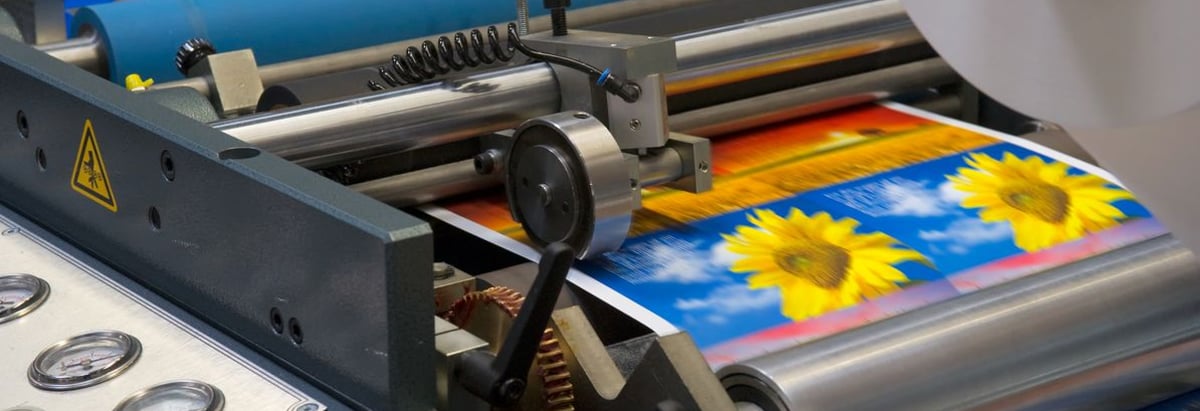- United Kingdom
- /
- Commercial Services
- /
- AIM:SFT
Is Grafenia Plc's (LON:GRA) Balance Sheet Strong Enough To Weather A Storm?

While small-cap stocks, such as Grafenia Plc (AIM:GRA) with its market cap of UK£5.71M, are popular for their explosive growth, investors should also be aware of their balance sheet to judge whether the company can survive a downturn. Given that GRA is not presently profitable, it’s crucial to assess the current state of its operations and pathway to profitability. Here are a few basic checks that are good enough to have a broad overview of the company’s financial strength. Though, since I only look at basic financial figures, I’d encourage you to dig deeper yourself into GRA here.
Does GRA generate enough cash through operations?
Over the past year, GRA has reduced its debt from UK£330.00K to UK£299.00K , which comprises of short- and long-term debt. With this reduction in debt, the current cash and short-term investment levels stands at UK£524.00K , ready to deploy into the business. Moreover, GRA has produced cash from operations of UK£844.00K in the last twelve months, leading to an operating cash to total debt ratio of 282.27%, meaning that GRA’s current level of operating cash is high enough to cover debt. This ratio can also be a sign of operational efficiency for loss making businesses as traditional metrics such as return on asset (ROA) requires a positive net income. In GRA’s case, it is able to generate 2.82x cash from its debt capital.
Can GRA meet its short-term obligations with the cash in hand?
Looking at GRA’s most recent UK£1.96M liabilities, it seems that the business has been able to meet these commitments with a current assets level of UK£3.42M, leading to a 1.74x current account ratio. Generally, for Commercial Services companies, this is a reasonable ratio as there's enough of a cash buffer without holding too capital in low return investments.
Does GRA face the risk of succumbing to its debt-load?
GRA is a relatively highly levered company with a debt-to-equity of 79.16%. This is not unusual for small-caps as debt tends to be a cheaper and faster source of funding for some businesses. Though, since GRA is presently loss-making, sustainability of its current state of operations becomes a concern. Maintaining a high level of debt, while revenues are still below costs, can be dangerous as liquidity tends to dry up in unexpected downturns.Next Steps:
Although GRA’s debt level is towards the higher end of the spectrum, its cash flow coverage seems adequate to meet obligations which means its debt is being efficiently utilised. Since there is also no concerns around GRA's liquidity needs, this may be its optimal capital structure for the time being. Keep in mind I haven't considered other factors such as how GRA has been performing in the past. I recommend you continue to research Grafenia to get a more holistic view of the small-cap by looking at:
- 1. Historical Performance: What has GRA's returns been like over the past? Go into more detail in the past track record analysis and take a look at the free visual representations of our analysis for more clarity.
- 2. Other High-Performing Stocks: Are there other stocks that provide better prospects with proven track records? Explore our free list of these great stocks here.
New: Manage All Your Stock Portfolios in One Place
We've created the ultimate portfolio companion for stock investors, and it's free.
• Connect an unlimited number of Portfolios and see your total in one currency
• Be alerted to new Warning Signs or Risks via email or mobile
• Track the Fair Value of your stocks
Have feedback on this article? Concerned about the content? Get in touch with us directly. Alternatively, email editorial-team@simplywallst.com
Simply Wall St analyst Simply Wall St and Simply Wall St have no position in any of the companies mentioned. This article is general in nature. We provide commentary based on historical data and analyst forecasts only using an unbiased methodology and our articles are not intended to be financial advice. It does not constitute a recommendation to buy or sell any stock and does not take account of your objectives, or your financial situation. We aim to bring you long-term focused analysis driven by fundamental data. Note that our analysis may not factor in the latest price-sensitive company announcements or qualitative material.
About AIM:SFT
Software Circle
Engages in the licensing of various software in the United Kingdom, Ireland, Europe, and internationally.
Adequate balance sheet with questionable track record.
Market Insights
Community Narratives





